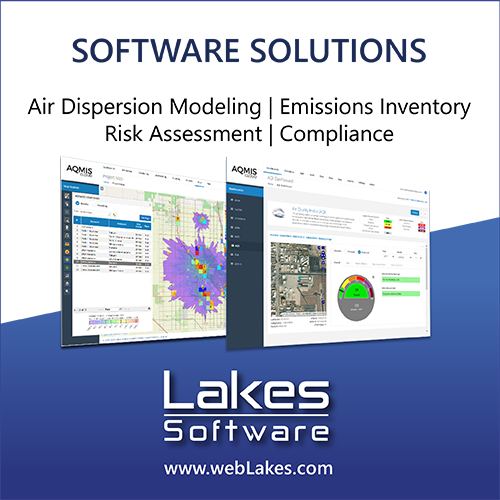A LONG-RANGE ATMOSPHERIC TRANSPORT MODEL (HY-SPLIT) FOR ENVIRONMENTAL EMERGENCY RESPONSE (EER): EVALUATION OF DRIVING MODELS
DOI:
https://doi.org/10.17159/caj/2003/13/1.7149Abstract
The Eta and Aviation (AVN) driving models of HY-SPLIT are evaluated by means of a case study of the sulphur fire plume at Somerset West (34° 04’ S, 18° 48’ E) which caused sulphur dioxide (SO2) air pollution over Macassar on 16 - 17 December 1995. The HY-SPLIT model is verified by comparing it with the Lagrangian kinematic trajectory (LKT)
model. Plume dispersions and depositions of the HY-SPLIT model for the Eta and AVN driving models are compared with Eta model winds. Eta model winds for a grid point close to the fire are verified against radiosonde data and synoptic observations. Results indicate that the finer-resolution regional Eta model has the higher accuracy.
Downloads
Downloads
Published
Issue
Section
License

All articles are published under a Creative Commons Attribution 4.0 International License; copyright is retained by the authors. Readers are welcome to reproduce, share and adapt the content without permission provided the source is attributed.








.png)